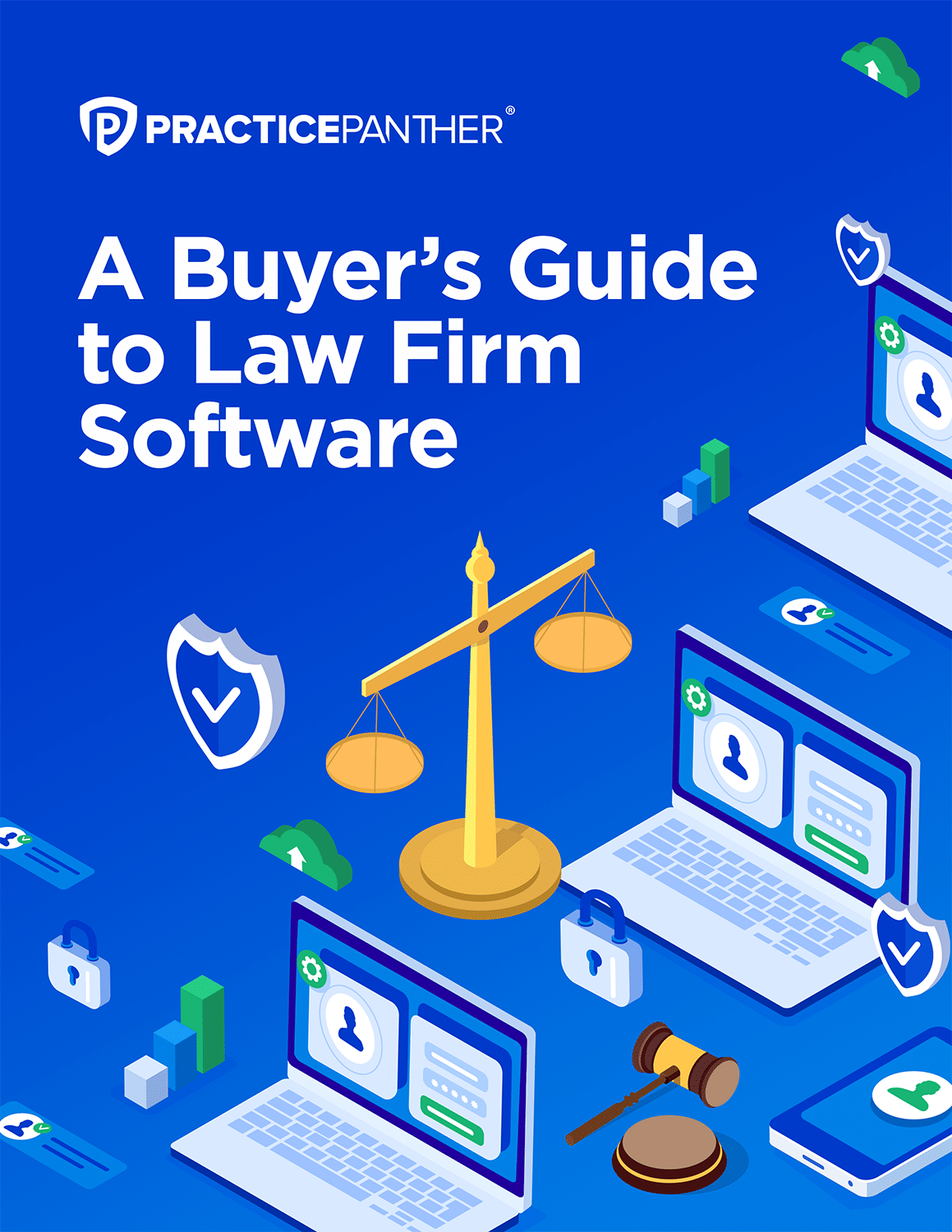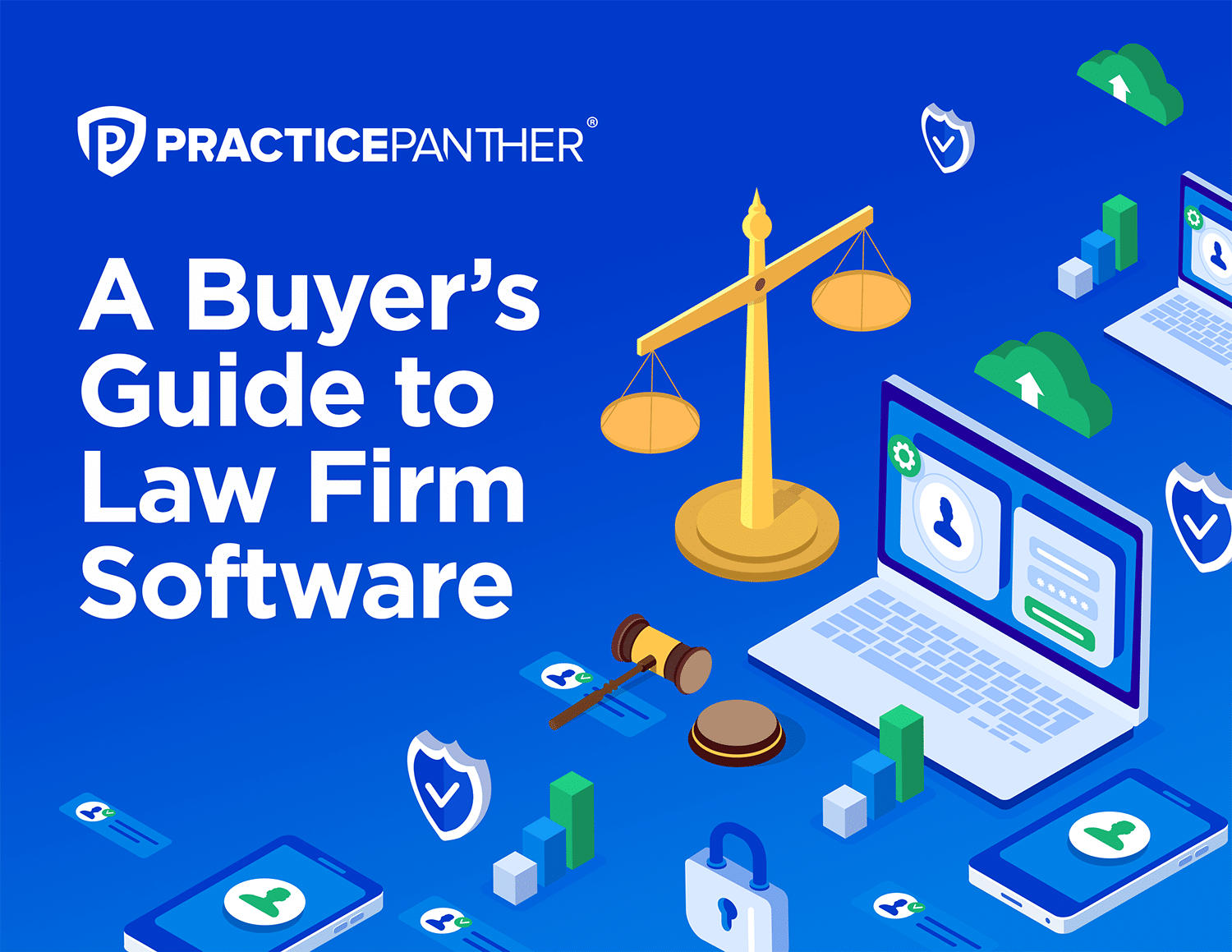
Attorneys are not necessarily known for their acceptance of evolving technology, which is a situation that is probably going to need to change over the next few years. Attorneys like to focus on the law, but the latest email issues with former Secretary of State, Hillary Clinton’s presidential campaign, have pushed e-discovery into the spotlight and it is obvious that the discovery process will be changing permanently.
What Is E-Discovery?
As technology becomes the medium of choice for corporate communications, it is inevitable that the discovery process would start to be more electronic than manual. In the past, the closest attorneys got to e-discovery was having information put into a searchable database for each case that was being handled.
But evolving technology means that digital forms and emails are becoming the primary source of information. E-Discovery is the process of going through electronic documents to find the ones that are pertinent to a particular case. With the new software and methods available, it is easier and less costly for law firms to use search software to weed out emails and other documents. The issue is that this e-discovery is changing faster than attorneys are willing to keep up, and it is creating a gap in information capture that needs to be resolved.
Going Through 650,000 Emails
Just two weeks before the 2016 presidential elections the FBI announced that 650,000 new emails had surfaced from the emails of former congressional representative Anthony Weiner. In less than two weeks, the FBI was able to use various methods to comb through all 650,000 emails to discover that none of them added anything to their case. However, it was the process that needed to be used that could set a precedent for future email scans.
Each time an e-discovery project is done, there has to be an actual human reviewing the information the computers pull up in the search. With this e-discovery project, there were several types of searches that needed to be done quickly, and those searches needed to follow the protocol in place for searching potentially confidential information. After the information was sorted, only people with the right security clearance were allowed to review the information to complete the process.
This was the most elaborate e-discovery project to date, and it shows how much technology needs to be involved in more extensive searches. It also highlighted the need for specific types of security considerations for email issues, and it also gave attorneys a look into the future of e-discovery.
E-Discovery Now And In The Future
This case has already spurred the development of new software that takes digital and government security issues into account when searching through emails and digital documents. While attorneys do what they can to avoid getting involved in the software development process, it is input from attorneys that will help to move the development forward.
There are a lot of rules that have to be followed in order to successfully execute an e-discovery process. Creativity is required to adjust the searches as conditions of the cases change. Furthermore, attorneys will need to be intimately involved in the process to make sure that the right information is gathered. While tackling technology is not a top priority for most attorneys, the changes brought about by e-discovery are going to be mandatory learning for attorneys going forward.
Author Bio:
Laurence Banville. Esq is the managing partner and face of Banville Law. Laurence is licensed to practice law in the state of New York. Originally from Ireland, Banville moved to the United States of America where he worked at law firms, refining his litigation and brief writing crafts. He is also the recipient of the Irish Legal 100 and the Top 40 Under 40 awards.





